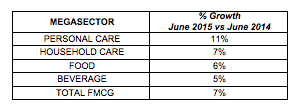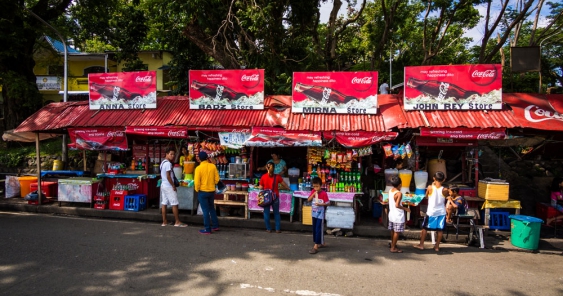MANILA – Filipinos are spending more on personal care products than on food, beverages and household care – and it’s not just because they are known sticklers on hygiene.
Kantar Worldpanel Philippines reports that purchases of beauty and care items increased by 11% in June 2015 from a year ago, outpacing growth in the mentioned FMCG “megasectors.”

The convenience of the humble sari-sari store, virtually on every street in the country, has contributed greatly to this uptrend, accounting for 35% of beauty and hygiene products in the country.
Modern trade channels like supermarkets and hypermarkets are on its tail with 34% followed Grocery stores with 7.7 percent. Direct sales channels and drug stores enjoyed 6.5 percent and 5.8 percent shares of total personal care sales, respectively.
“The increasing interest of Filipino shoppers in personal care does not come as a surprise, says Lourdes Deocareza, New Business Development Head, Kantar Worldpanel Philippines.
“This growth is a reflection of the aggressive push of FMCG players to market their products in various platforms, including digital media,” she adds.
Focus on getting closer with shoppers through targeted retail channels seems to be paying off. Class E homes or those with an average annual income of P62,000 are now open to buying more sophisticated personal care products such as liquid soap, wipes and cosmetics. In addition, penetration of key personal care products increased significantly with 720,000 more homes buying liquid soap and 611,000 more homes purchasing cosmetics.
What are they actually buying? Mostly wet wipes, colognes and liquid soap. Here’s the top 10 personal care product categories for the Philippines.









